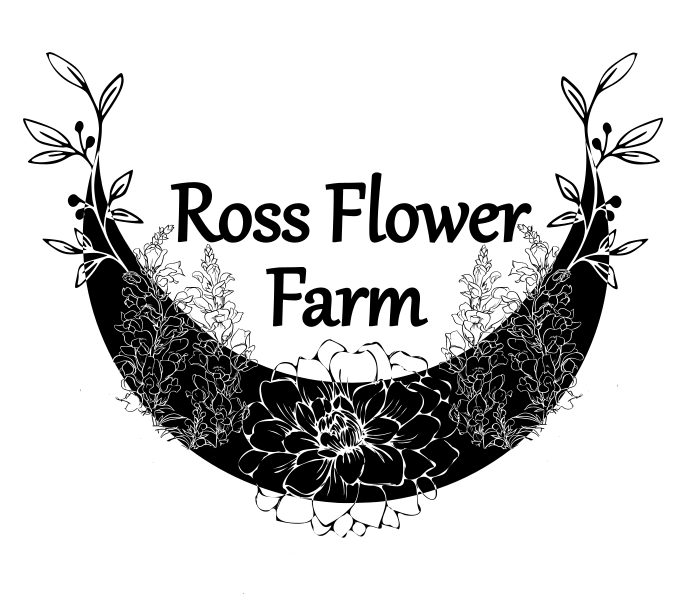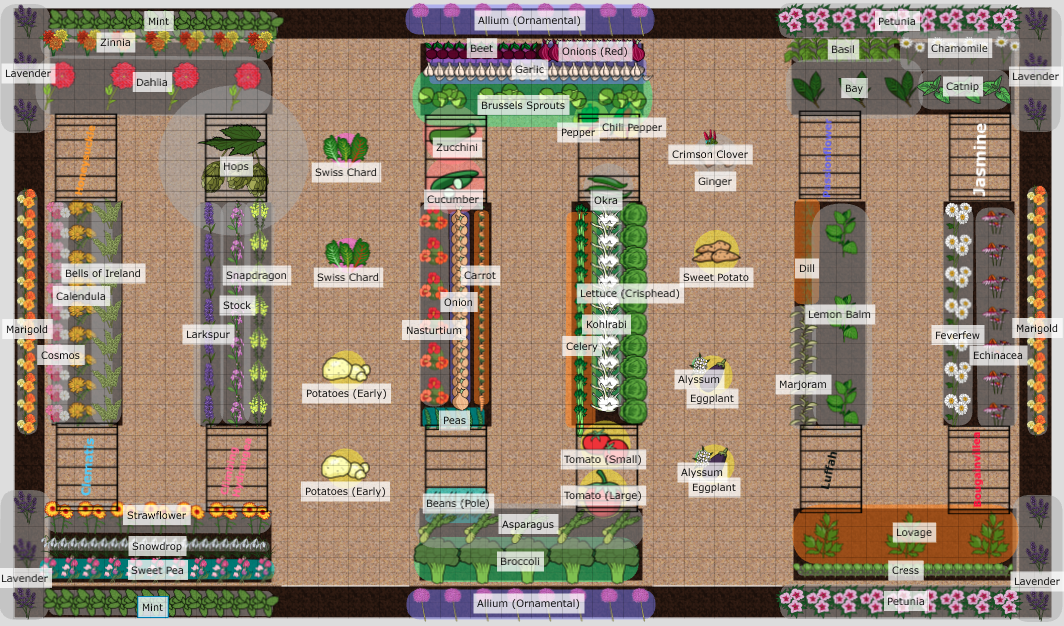
Masterful Garden Strategy: Unleash Your Green Thumb with Expert Garden Planning
I have dreams about my garden. What I want it to be, what I want to grow, how I want it to benefit us and others, and what it could potentially grow to be one day. My ultimate goal is to have a hobby farm with a variety of animals which will create a ecological haven where we will work to do our part help heal the earth and humanity. But first, garden planning.
While planning my garden, I learned there are a lot of details which need to be considered and addressed during the process. To name a few; you need to think about the specific plants you want to grow, what their individual soil, light and water requirements are, and their individual time to maturity so you can plan when to harvest, and preserve, if applicable. I know it will take time to build my garden up to what I want it to truly be.
If like me, you are looking to plan your garden, you should ask yourself if you want to start everything from seed, or would you prefer to purchase seedlings from a local nursery? Either way works wonderfully! My personal preference is to germinate the seeds myself. There is something calming about the entire process, and I get a sense of accomplishment from caring for a plant from seed to maturity.
Things to consider during garden planning:
1. Garden Space
Our property has a multitude of established garden beds. They are beautifully planted and spring is absolutely wonderful here because our plants bloom in waves and provide months of beauty to enjoy. Now that I’m in garden planning mode for 2023, I’m taking stock of what we have growing and what I would prefer to grow instead, if applicable.
2. Soil Testing and Amendments
Not only am I taking stock of inventory, but I am also taking stock of what I need to do to amend the current garden beds. I plan on testing the soil to help figure out what amendments will be best throughout our garden. Our native soil is rich in nutrients, but has a lot of silt in it, which means we will be needing to add about 1-2 inches of compost to each bed in the spring, at the very least.
Also, did you know leaves are doubly beneficial because they make an incredible mulch for garden beds and they are an organic material which adds nitrogen to the soil? Nitrogen being added is necessary for chlorophyll and amino acids, the building blocks of plant life.
3. Garden Bed Options
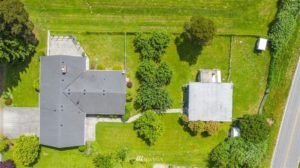 On top of the amazing in-ground beds we already have, I will be building elevated garden beds. Due to the current layout of our yard, there isn’t a lot of space for elevated garden beds currently.
On top of the amazing in-ground beds we already have, I will be building elevated garden beds. Due to the current layout of our yard, there isn’t a lot of space for elevated garden beds currently.
I do have plans to improve the situation though. In our row of 4 fruit trees, the two middle ones are no longer producing fruit. Keep in mind, these trees are very mature and likely the other two will quit producing in the coming years as well. My plan is to take down the two which are no longer producing fruit and utilize that space for my elevated garden beds.
The beds will be built using pallets from my work, which in this economy will be very helpful. Wood pricing is still far too high for us. At least in this way, I can reuse things that would otherwise be wasted.
My favorite garden planning resource:
Over the past few months, I have created multiple plans for how I want the garden space to be utilized. I happened upon the Old Farmer’s Almanac Garden Planner, which is a great online tool. My only complaint with the tool is it doesn’t include some of the plants I want to grow. I was able to enter text for the plants not in the tool, so I am happy.
This tool gave me the opportunity to create the spacing and layout I was dreaming of. I think I managed to create a truly inspiring garden plan. I hope you also find it inspiring!
Garden Planner
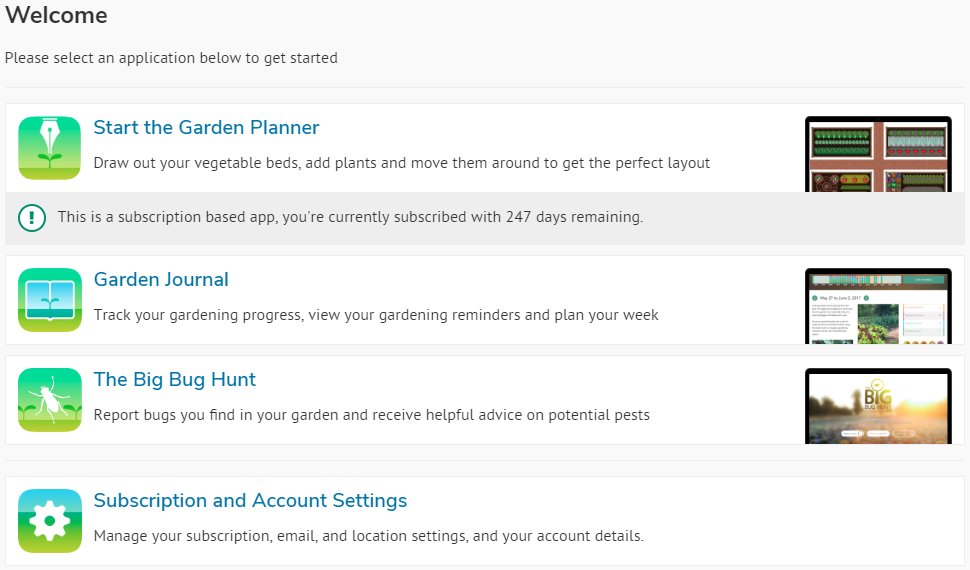

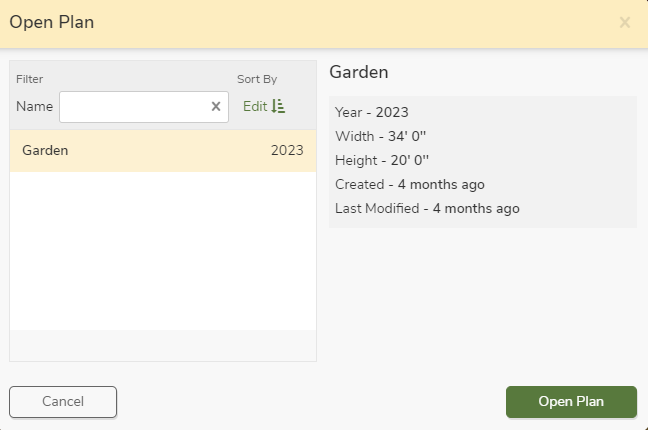
My plot design above is 34’ by 20’. My design includes in-ground beds on the outside of the space for pest deterring plants. When I began garden planning, I was also researching companion plants for each plant I want to grow. I recommend companion planting as it will help your plants be even better quality. At the very least, you shouldn’t grow your plants with the things that would be bad for them. Please make sure you are paying attention to these details to give your garden it’s best chance at being successful.
If you have any questions, please leave me a comment. Also, as always, please consider following me on my social media accounts.

